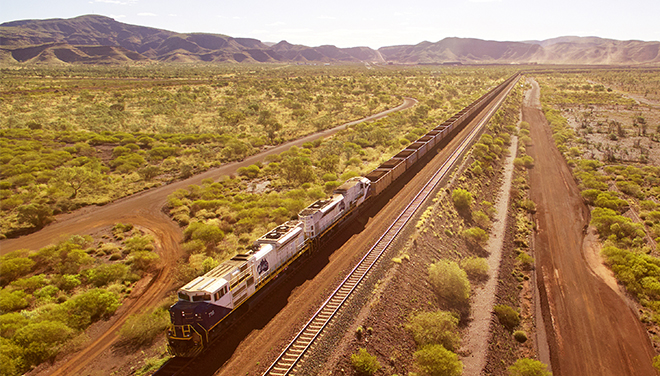Williams Advanced Engineering (WAE), a pioneering battery developer noted for its work with the Formula E and Extreme E racing series as well as a long list of vehicle manufacturers, has been acquired by Australian iron ore producer Fortescue, as part of the latter’s transition to “a global green renewables and resources company.”
WAE will remain an independent company, while its battery technology division will be closely coordinated with Fortescue. Both will be managed by Fortescue’s green energy arm, Fortescue Future Industries.
“High-performance battery and electrification systems are at the core of what we do, and now that we are part of the Fortescue family, this presents an exciting opportunity to develop new technologies as we work together to tackle climate change,” said Williams CEO Craig Wilson.
Fortescue founder and Chairman Dr. Andrew Forrest said his company is in “a race” to reach net zero emissions by 2030. He added that “fossil fuel is just one source of energy and there are others rapidly emerging, which are more efficient, lower cost and green. The world must, and clearly can, move on from its highly polluting, deadly if not stopped epoch.”
“The acquisition of WAE is an important step in Fortescue’s transition to a global green energy and resources company,” said Fortescue CEO Elizabeth Gaines. “We are rapidly establishing the building blocks which will allow us to fully integrate technologies, manufacturing capabilities and green energy generation and distribution to deliver across the entire value chain.”
To mark the acquisition, the two companies announced a project called the Infinity Train which, as described in the company’s PR materials, sounds disturbingly like a perpetual motion machine. “The regenerating battery-electric iron ore train project will use gravitational energy to recharge its battery electric systems without any additional charging requirements for the return trip to reload…The regeneration of electricity on the downhill loaded sections will remove the need for the installation of renewable energy generation and recharging infrastructure, making it a capital-efficient solution for eliminating diesel and emissions from our rail operations.”
Source: Williams Advanced Engineering

lasuna brand – buy lasuna generic buy himcolin online